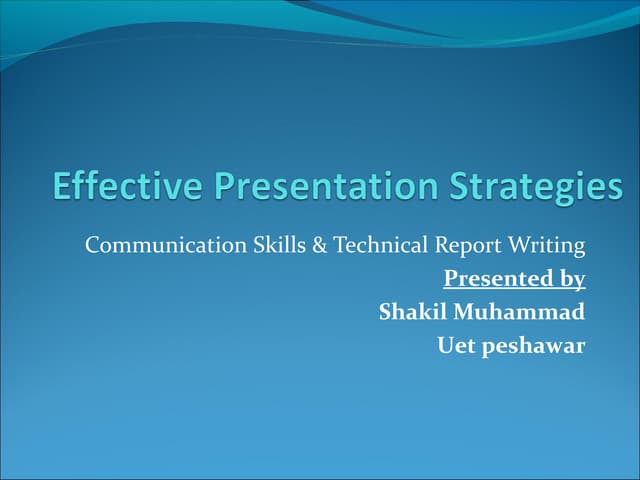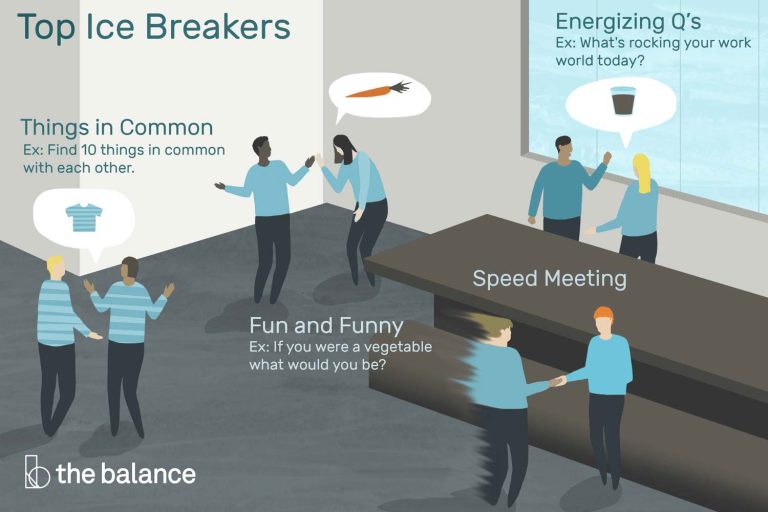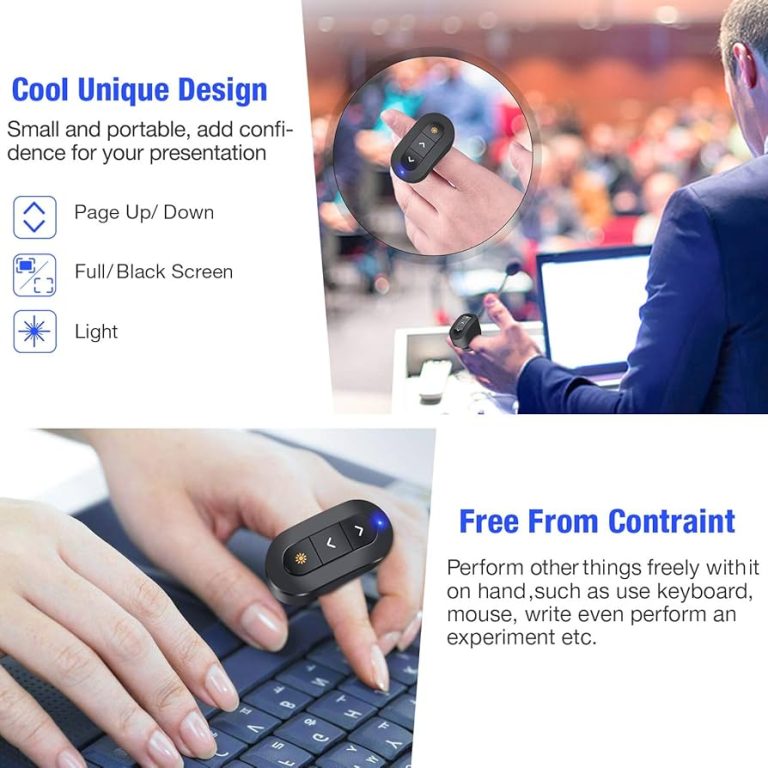What Is A Successful Presentation?
Do you want to captivate your audience and leave a lasting impression? It all starts with a successful presentation. But what exactly defines success in this context? Is it the ability to convey information effectively, engage the audience, or inspire action? In this article, we will explore the key elements that make a presentation successful, providing you with valuable insights and practical tips to elevate your presentation skills to new heights. Whether you are a student, professional, or simply someone who wants to improve their communication abilities, mastering the art of a successful presentation is essential in today’s fast-paced world. So, let’s dive in and uncover the secrets to delivering impactful and memorable presentations.
What is a successful presentation?
A successful presentation is one that effectively communicates information or ideas to an audience, leaving a lasting impression and achieving its intended purpose. It is not just about delivering information, but about engaging the audience, captivating their attention, and conveying the message in a clear and memorable way. Here are some key elements that contribute to a successful presentation:
Why is preparation important for a successful presentation?
Preparation is crucial for a successful presentation as it allows you to organize your thoughts, plan your content, and anticipate any potential challenges or questions. By thoroughly preparing beforehand, you can ensure that you are well-equipped to deliver your message confidently and effectively. It also helps you to establish a structure for your presentation, ensuring a logical flow of information and preventing any confusion or disorganization.
Investing time in preparation also enables you to tailor your presentation to the specific needs and interests of your audience. By researching and understanding their background, expectations, and preferences, you can adapt your content and delivery style to resonate with them, increasing the chances of a successful outcome. Ultimately, preparation provides you with the foundation and confidence necessary to engage your audience and deliver a compelling presentation.
How can visual aids enhance a presentation?
Visual aids, such as slides, charts, and diagrams, can greatly enhance a presentation by making complex information more accessible and engaging for the audience. They help to reinforce key points, highlight important data, and provide visual context, making it easier for the audience to understand and remember the information being presented.
Visual aids also have the power to capture attention and maintain interest throughout the presentation. They break up the monotony of a purely verbal delivery and provide a visual stimulus that can help to hold the audience’s focus. Additionally, visual aids can be used creatively to evoke emotions, convey ideas more effectively, and enhance overall comprehension.
However, it is essential to use visual aids judiciously and effectively. They should complement and support your verbal presentation, rather than overshadowing or distracting from it. Simple and clear visuals are often more impactful than complex or cluttered ones. It is also important to ensure that the visual aids are easily visible to all audience members, and that they are used in a way that is inclusive and accessible to individuals with different learning preferences.
How can body language influence a presentation?
Body language plays a significant role in a successful presentation. It includes gestures, facial expressions, posture, and movement, all of which can convey messages and emotions to the audience. The way you use your body during a presentation can greatly impact how your message is received and interpreted.
Confident body language helps to establish credibility and command attention. Standing tall, maintaining eye contact, and using purposeful gestures can create a sense of authority and engage the audience. On the other hand, nervous or disengaged body language, such as fidgeting, avoiding eye contact, or slouching, can undermine your message and make it harder for the audience to connect with you.
Furthermore, body language can also help to enhance the delivery of your content. Using appropriate gestures and facial expressions can emphasize key points, add depth to your message, and convey enthusiasm or excitement. It can also create a sense of rapport with the audience, making them feel more connected and receptive to your ideas.
What role does audience engagement play in a successful presentation?
Audience engagement is crucial for a successful presentation as it fosters active participation, enhances understanding, and increases the impact of your message. When the audience is engaged, they are more likely to pay attention, retain information, and be influenced by your presentation.
There are various strategies to engage the audience during a presentation. One effective approach is to ask questions or encourage participation through interactive activities. This promotes active learning and stimulates critical thinking, making the audience feel involved and invested in the presentation. Another way to engage the audience is through storytelling or using real-life examples that resonate with them. This helps to create an emotional connection and make the content more relatable and memorable.
It is also important to be aware of the audience’s feedback and reactions throughout the presentation. By observing their body language, facial expressions, and verbal cues, you can gauge their level of engagement and adjust your delivery accordingly. For instance, if you notice signs of confusion or disinterest, you can rephrase or elaborate on certain points to ensure clarity and maintain engagement.
How can effective communication skills contribute to a successful presentation?
Effective communication skills are essential for a successful presentation as they enable you to convey your message clearly, connect with the audience, and establish a rapport. Good communication skills involve both verbal and non-verbal aspects, such as clarity of speech, tone of voice, listening skills, and empathy.
Clear and concise verbal communication is key to ensuring that your message is understood by the audience. Using simple language, avoiding jargon, and organizing your thoughts coherently can help to convey information effectively. Additionally, paying attention to your tone of voice and speaking with enthusiasm and confidence can enhance the delivery of your message and capture the audience’s attention.
Non-verbal communication, including body language and facial expressions, also plays a significant role in effective communication during a presentation. Maintaining eye contact, using appropriate gestures, and being responsive to the audience’s reactions can help to establish a connection and build trust. Active listening skills, such as nodding, paraphrasing, and responding to questions, also demonstrate respect and engagement with the audience.
Overall, effective communication skills empower you to deliver a successful presentation by fostering understanding, engagement, and connection with your audience.
The 3 Magic Ingredients of Amazing Presentations | Phil WAKNELL | TEDxSaclay
In conclusion, a successful presentation can be defined by three key factors: clarity, engagement, and impact. Firstly, clarity is essential in delivering a successful presentation. This involves organizing your ideas coherently, using clear and concise language, and avoiding jargon or complex terminology that may confuse your audience. By ensuring that your message is easily understood, you increase the chances of effectively delivering your presentation.
Secondly, engagement is crucial in capturing and maintaining the attention of your audience. Employing various techniques such as storytelling, visuals, or interactive elements can help create a dynamic and engaging presentation. By actively involving your audience and catering to their needs, you can foster a connection that keeps them interested and invested in what you have to say.
Lastly, a successful presentation leaves a lasting impact on the audience. This can be achieved by delivering a compelling message, providing valuable insights or solutions, or inspiring your listeners to take action. By leaving a strong impression, you increase the likelihood that your audience will remember and apply the information you presented.
In summary, a successful presentation is one that is clear, engaging, and impactful. By ensuring clarity, engaging your audience, and leaving a lasting impression, you can effectively deliver a presentation that resonates with your listeners and achieves its intended goals.



